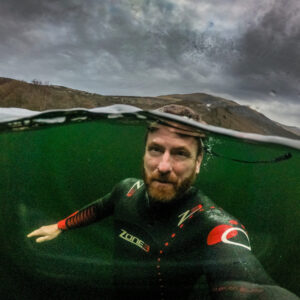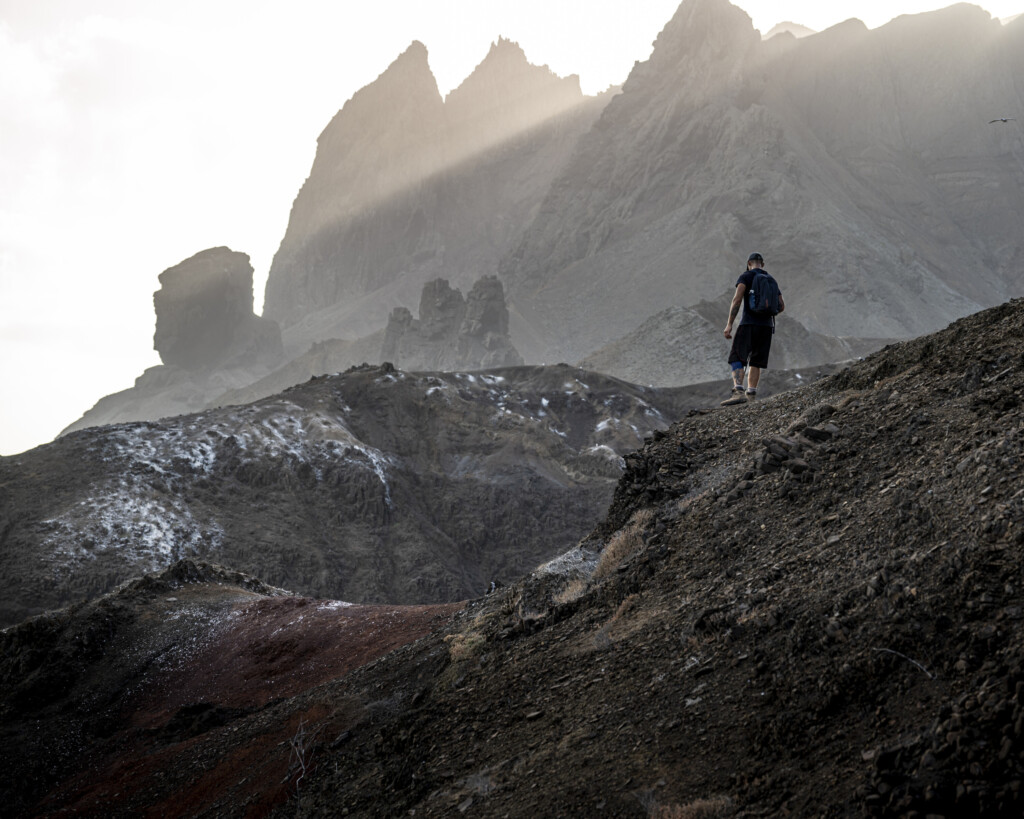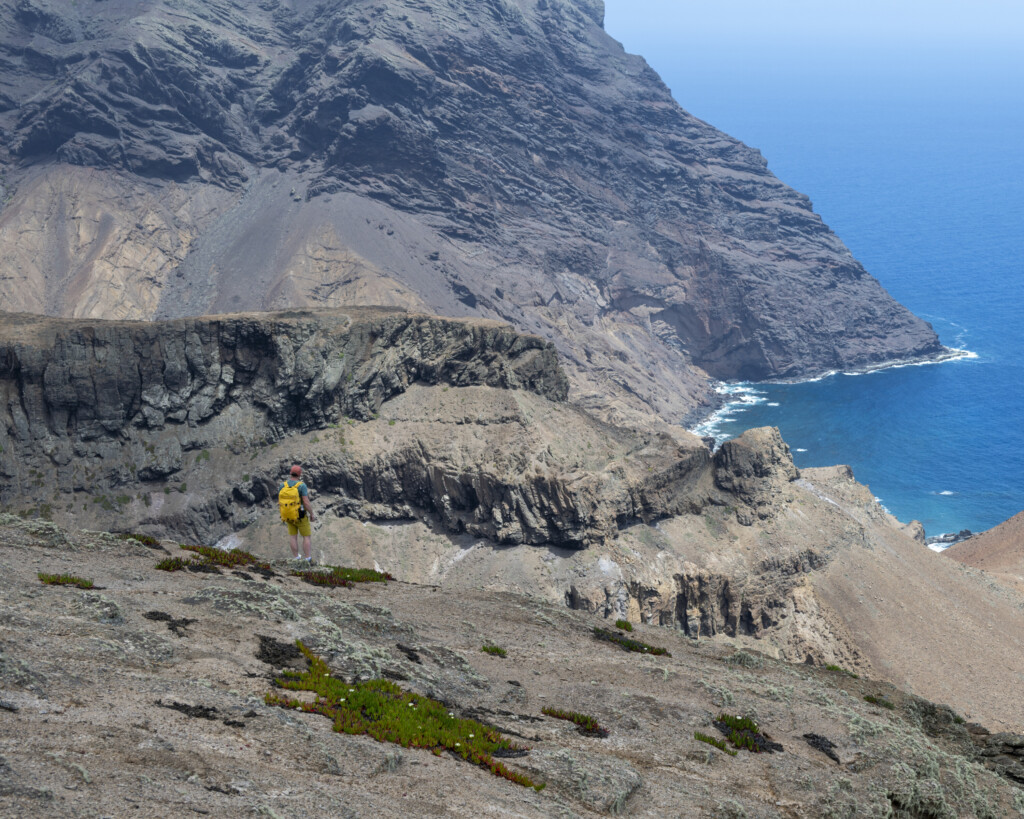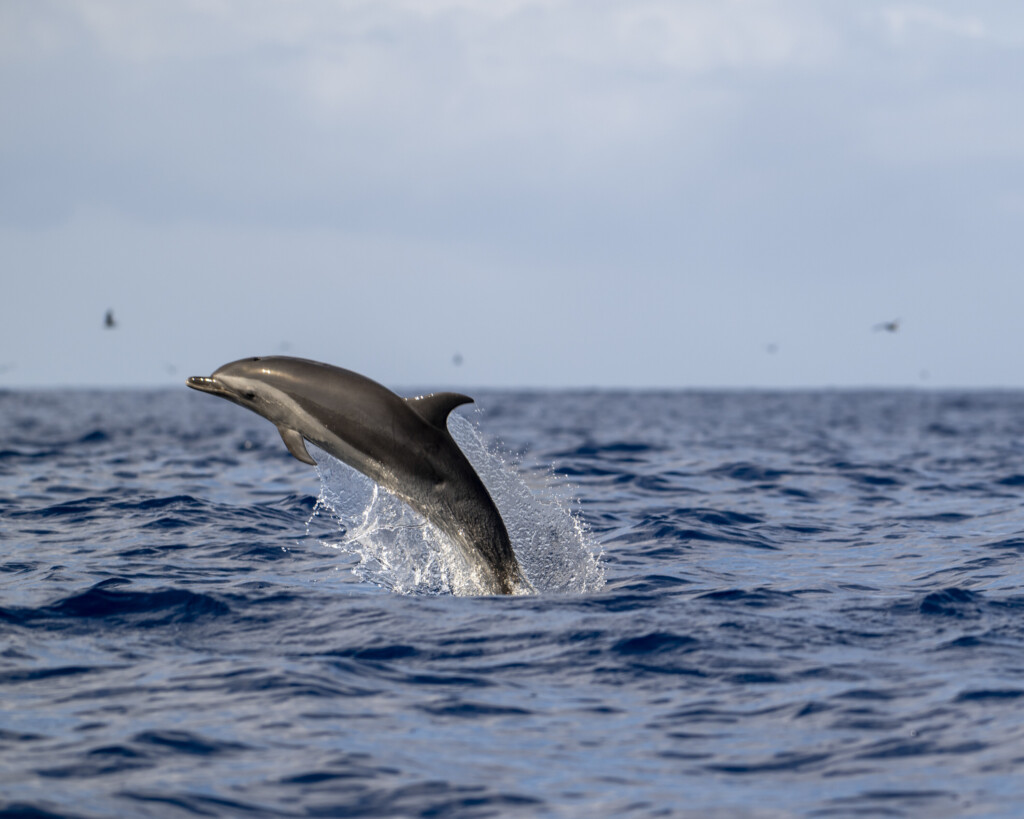Home Photo Essay St Helena: the land fleck a world apart
St Helena: the land fleck a world apart
Feature type Photo Essay
Read time 4 min read
Published Jan 15, 2024
Author Jethro Kiernan
Photographer Jethro Kiernan
Some 3,667 km and a six-hour flight from its most frequent point of access, Johannesburg, the island and British Oversea Territory of St Helena oozes drama and intrigue. Uninhabited when first discovered by the Portuguese in 1502, St Helena was garrisoned by the British during the 17th century. Its remote location was ideal for the exile of certain prisoners, including some 6,000 Boers, King Dinuzulu, Bahraini princes and, of course, Napoleon, who died here in 1821.
The BASE Collective’s Jethro Kiernan swapped the slate quarries and wintry climes of his Snowdonia home for a November exploration into what is sometimes called the best-kept secret in the South Atlantic.

Hiking the island’s sheer and rugged routes will take you from eucalyptus forests to acacia woodlands via raw sea cliffs and even atmospheric desert.
Islands have always held a fascination for me, with that feeling of being one step removed from the chaos of the modern world and the unique stamp that this can leave on their culture and their people.
St Helena has this in spades, a uniquely British culture given a twist by its location, rich history and climate. It’s a place where I found myself cycling along a country lane with gorse hedgerows and past mist-shrouded green hillsides studded with windblown pines and grazing sheep reminiscent of Welsh hillsides, only to then turn a corner and find myself in a banana plantation with blue sunlit sea below, guarded by Napoleonic forts.

Walking on the Martian landscape of the coastal paths with that rich blue Atlantic washing against the steep cliffs and with an untainted soundscape immersing you, your mind turns quickly and directly to the island’s isolated location. The next closest landmass of note is another island some 1300 km away.
The best days I spent here were days with a little bit of everything. Heading up the leg-burning 699 steps of Jacob’s Ladder above Jamestown for sunrise, followed by a cooling swim to the Papanui wreck with an afternoon of MTB following the trails up volcanic slopes and through the lush, bright green forest which is typical of the island.
Hiking is well established here but nonetheless vertiginous, with 21 ‘Post Box’ walks covering the full range of the island’s unique topography, from the mists and lushness of the cloud forest on Diana’s Peak to those dramatic cliffs and technicolour volcanic slopes.


The 699 steps of Jacob’s Ladder on the western valley slope will bring the burn
A small fleet of electric mountain bikes has recently been imported to the island and these are an ideal way of getting about if you want to save energy for legwork elsewhere. The island also has numerous potential HC category climbs and if I were to return I would definitely grab a gravel bike out and get a few firsts on Strava.

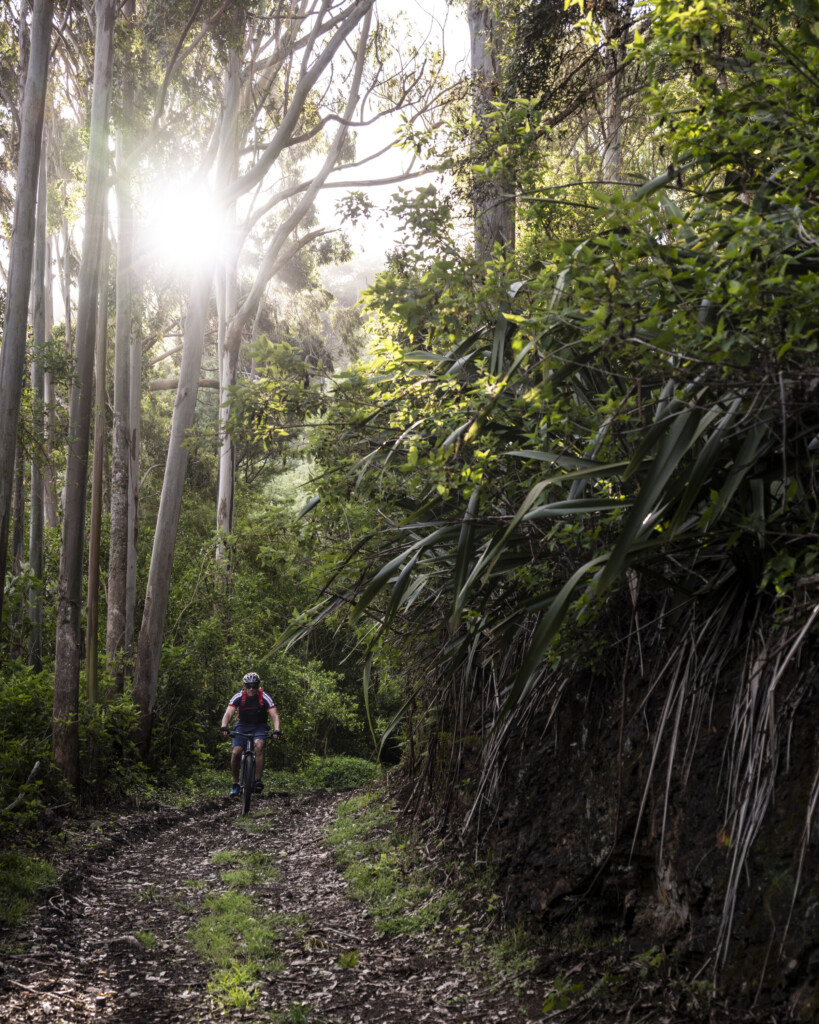
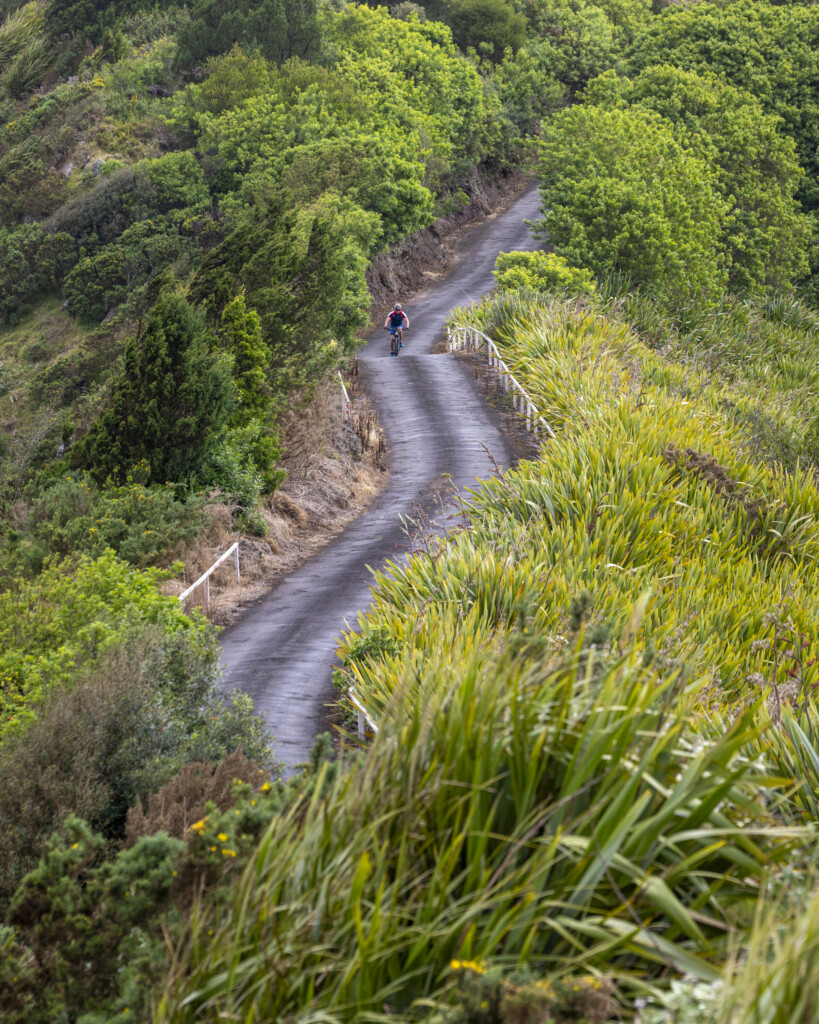
Go down to the harbour on a Friday evening and you’ll find some of the local ‘Saints’ swimming a circuit. The appeal is obvious: marine life flourishes in the pristine waters that hug the island. Although I was unlucky not to see them on my trip, these waters are also seasonally visited by one of the most important whale shark aggregations in the world, as well as a multitude of resident dolphins, rays and passing humpbacks. Strong South Atlantic currents do surge here but most diving is in the island’s sheltered lee and there are also a handful of mysterious wrecks to seek out.

The overwhelming feeling that my short time exploring the island left me was one of vast potential. Circumnavigating the island with a canoe, camping out on the peaks and seeing the southern stars, or just getting in the saddle to hit those glorious switchbacks, I can’t wait to to get back.
Getting there
Flights by Airlink fly twice a week to the new airport December to March (St Helena’s summer months) and once per week otherwise. At the moment flights are from Johannesburg with a refuelling stop in Namibia but there will be flights from Cape Town too, shortly. There is also an additional 15KG sports equipment allowance on top of your usual baggage allowance that should allow you to get your toys to the island.
Don’t miss a single adventure
Sign up to our free newsletter and get a weekly BASE hit to your inbox
Other posts by this author
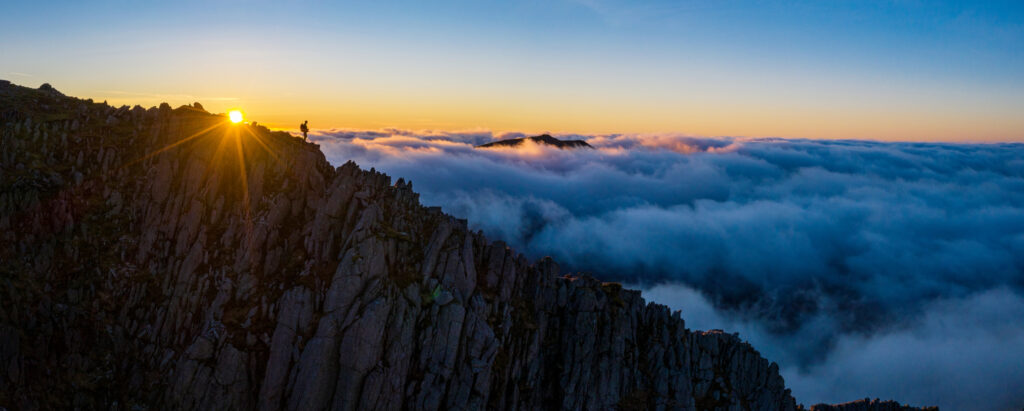
Story • Jethro Kiernan • Jan 10, 2022
An Introduction to Scrambling in the UK
Climbing and mountaineering's gateway drug
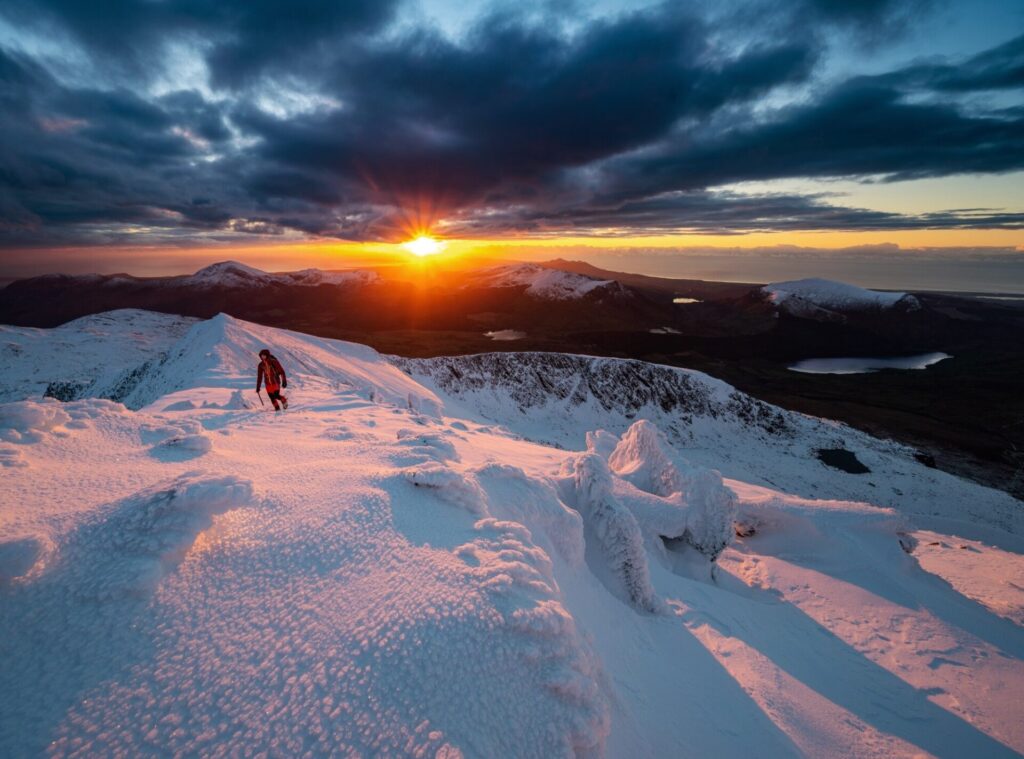
Photo Essay • Jethro Kiernan • Jan 20, 2021
Has Winter in Snowdonia Ever Looked This Good?
At the turn of the year snow conditions in North Wales were about as good as they get.
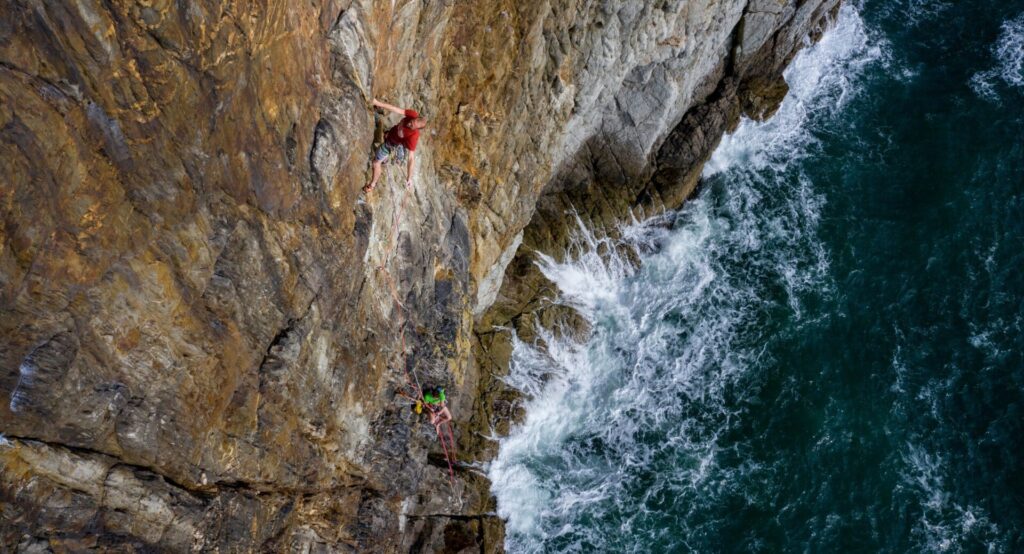
Story • Jethro Kiernan • Dec 21, 2020
Between Land and Sea
Sea cliff climbing adventures from North Wales
